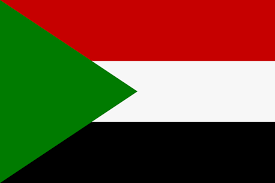
Visa and entry requirements Sudan:
Passport required
A visa is required to enter Sudan. The Sudanese embassy in Berlin is responsible in Germany.
Visa costs: 45 euros
Information from the Foreign Office about your trip to Sudan:
https://www.auswaertiges-amt.de/de/sudansicherheit/203266
Sudan is a country in northeast Africa with around 38 million inhabitants. The country borders Egypt to the north, Libya to the northwest, Chad to the west, the Central African Republic to the southwest, South Sudan to the south, Ethiopia to the southeast, and Eritrea and the Red Sea to the east. Sudan is the third largest country on the African continent. The country's two official languages are Arabic and English and the national currency is the Sudanese pound, with 1 euro equaling around 22 SDG.
Sudan has a year-round tropical climate with sometimes very high temperatures. The different vegetation zones and savannah types offer a diverse range of wildlife, such as elephants, giraffes, antelopes, buffaloes, lions, hyenas, hippos, crocodiles, birds of prey and other water bird species. Most of these animal species live in the ten protected national parks or in various nature and bird sanctuaries.
In Sudan, the Islamic religion is also the state religion, with around 5% Christians living mainly in the south of the country and in the capital.
The largest cities in the country include Khartoum, Port Sudan, Port Sudan, Omdurman, Al-Ubayyid, Kassala, Kusti, Wad Madani, Atbara, Al-Khartoum Bahri, Rabak and Nyala.
Sudan is Africa's fourth-largest economy and one of the richer countries on the continent. The country has rich deposits of mineral resources. The most important economic sector is oil exports, and the country also has iron ore, marble, uranium and gold. Additional agricultural exports include cotton, peanuts, gum arabic, sesame, millet, wheat, sugar cane and sorghum.
The territory of the northeast African state offers several outstanding sights. The main tourist attractions include the Pyramids of Meroe - the largest pyramid field of antiquity, the temple grounds of Naga, the great Amun temple of Napata, the pyramids of Nuri, the ruins and royal statues of Karima, the temple of Soleb, the large rock balls near Dongola, the historical rock carvings on the mountain "Jebel Peak", the pyramids and ruins on the "Holy Mountain" Jebel Barkal, the Sesibi Temple in Port Sudan, the burial ground of Zuma and the ruins of Sanam.
The capital of the Republic of Sudan is Khartoum with almost three million inhabitants in the urban area and around 8.8 million in the metropolitan area. Khartoum is where the White Nile meets the Blue Nile, the longest river in the world (along with the Amazon in South America) and the most important river in Africa.
The main attractions of the capital include the Grand Mosque of Khartoum, the Presidential Palace, the Roman Catholic Cathedral, the National Museum, the Botanical Gardens, the Burj Al-Fateh Hotel, the All Saints Cathedral of Khartoum, the famous Nile Street, the University of Khartoum, the war cemetery, the tomb of Muhammad Ahmad and the ruins of Naqa.
In October 2016 I traveled to the Sudanese capital Khartoum for two days. We went there and back from Dubai with the airline Emirates.
While the main streets in the center of Khartoum were always hopelessly overcrowded, my later city tour fortunately became much more pleasant. Most of Khartoum's sights are all a bit out of the way and could therefore only be reached by car.
The highlights of the city are undoubtedly the many different mosques, which are all completely different and very beautiful to look at. In principle, however, Khartoum is not so developed for tourism that it can fill the whole day with just a few attractions.
Next time I will definitely travel inland to visit the many historic buildings of the Black Pharaohs of antiquity.

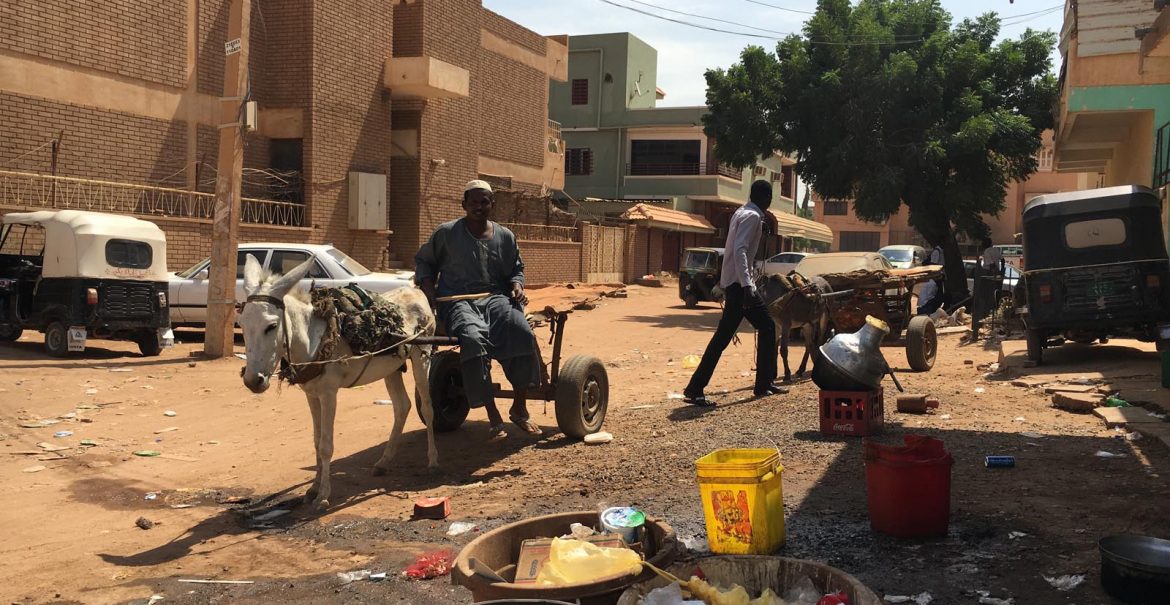




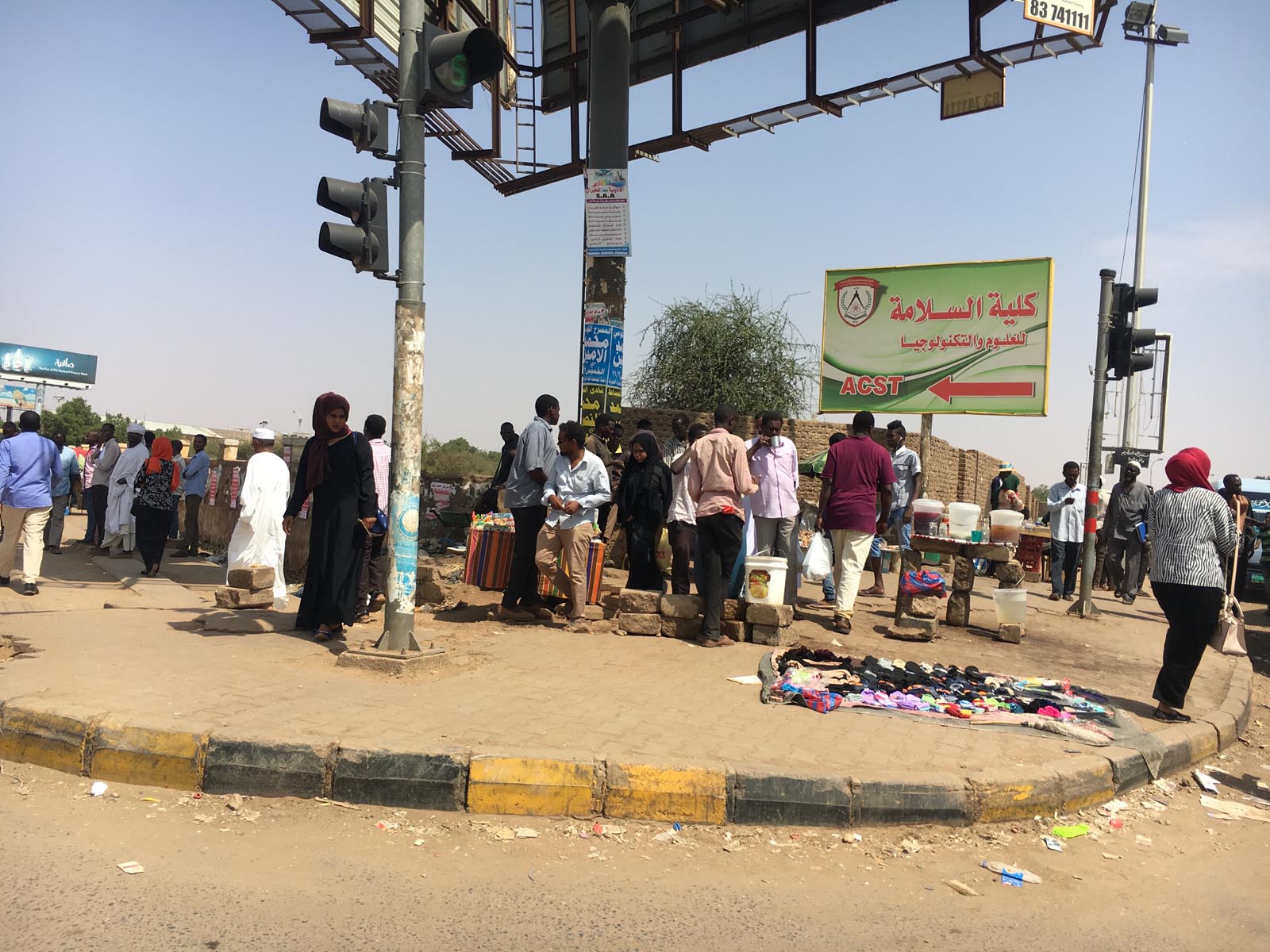



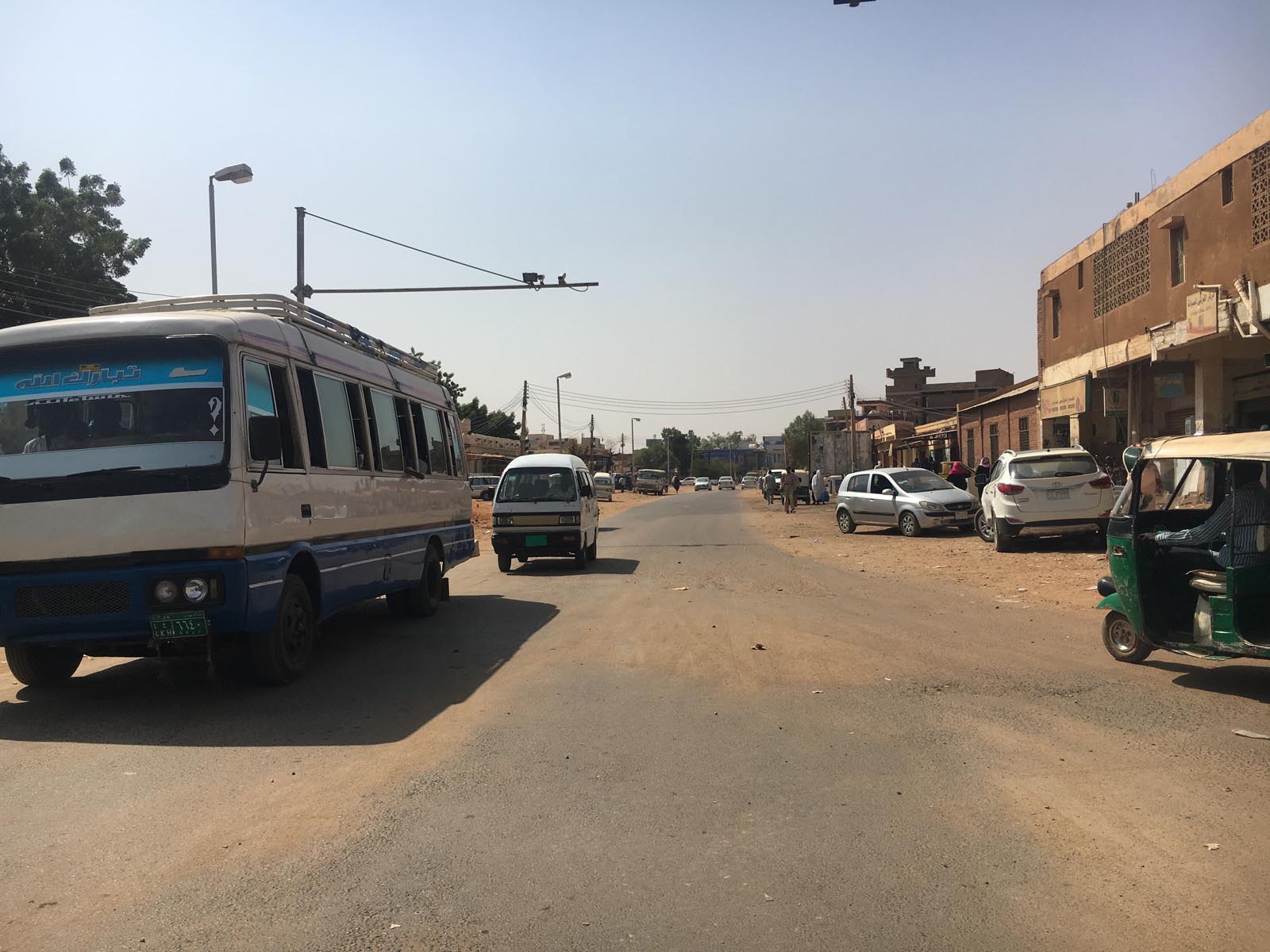




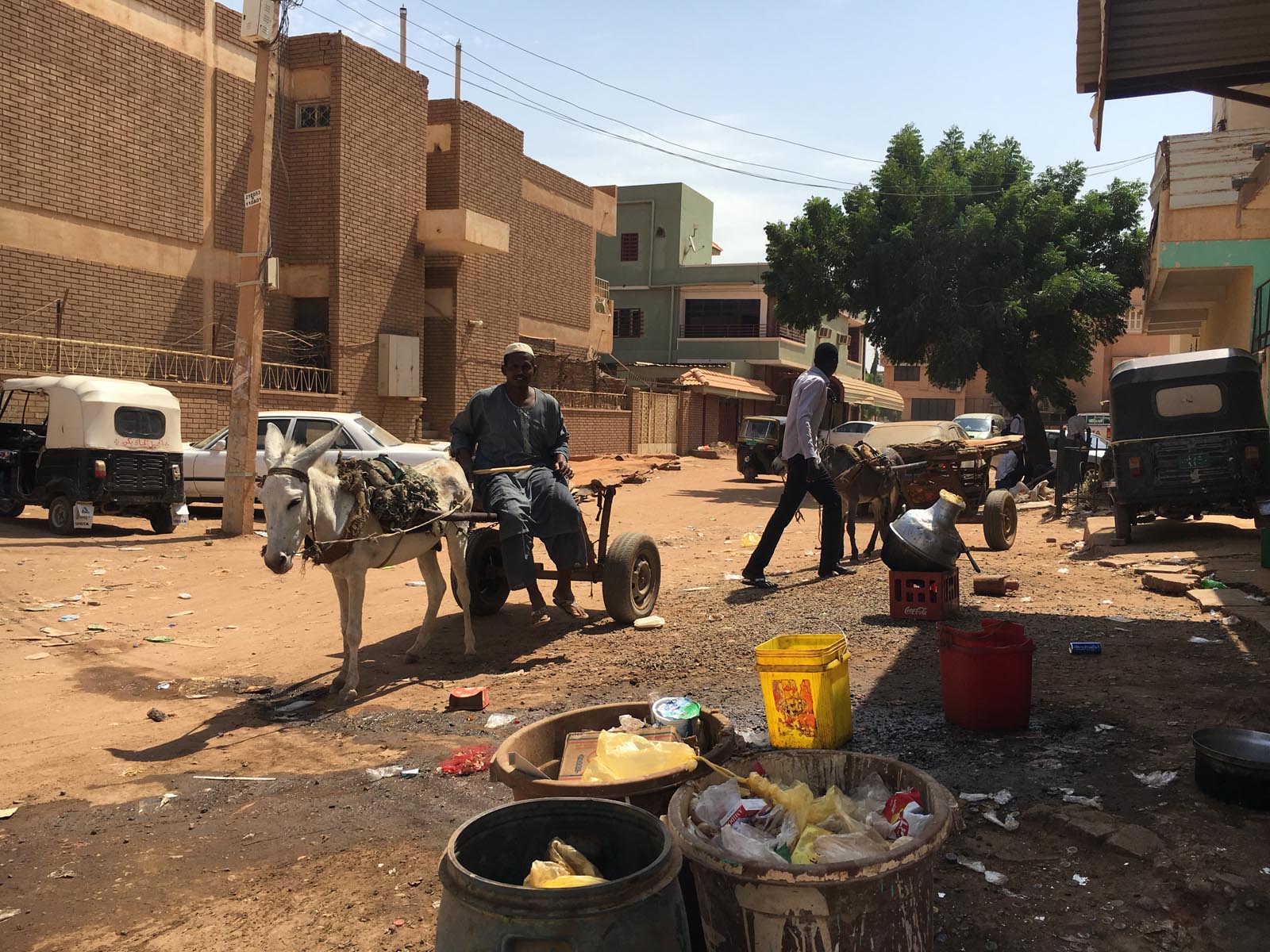



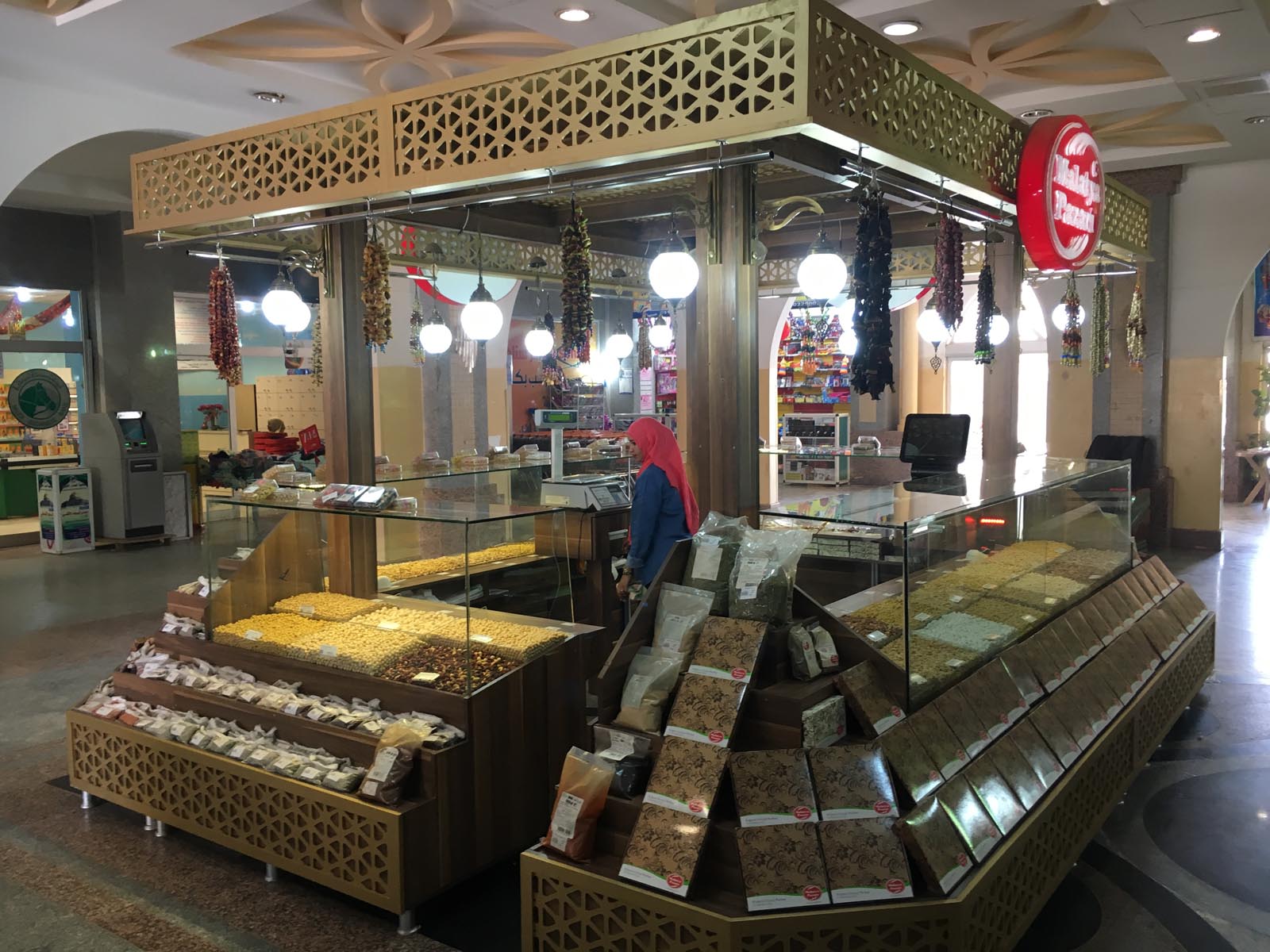
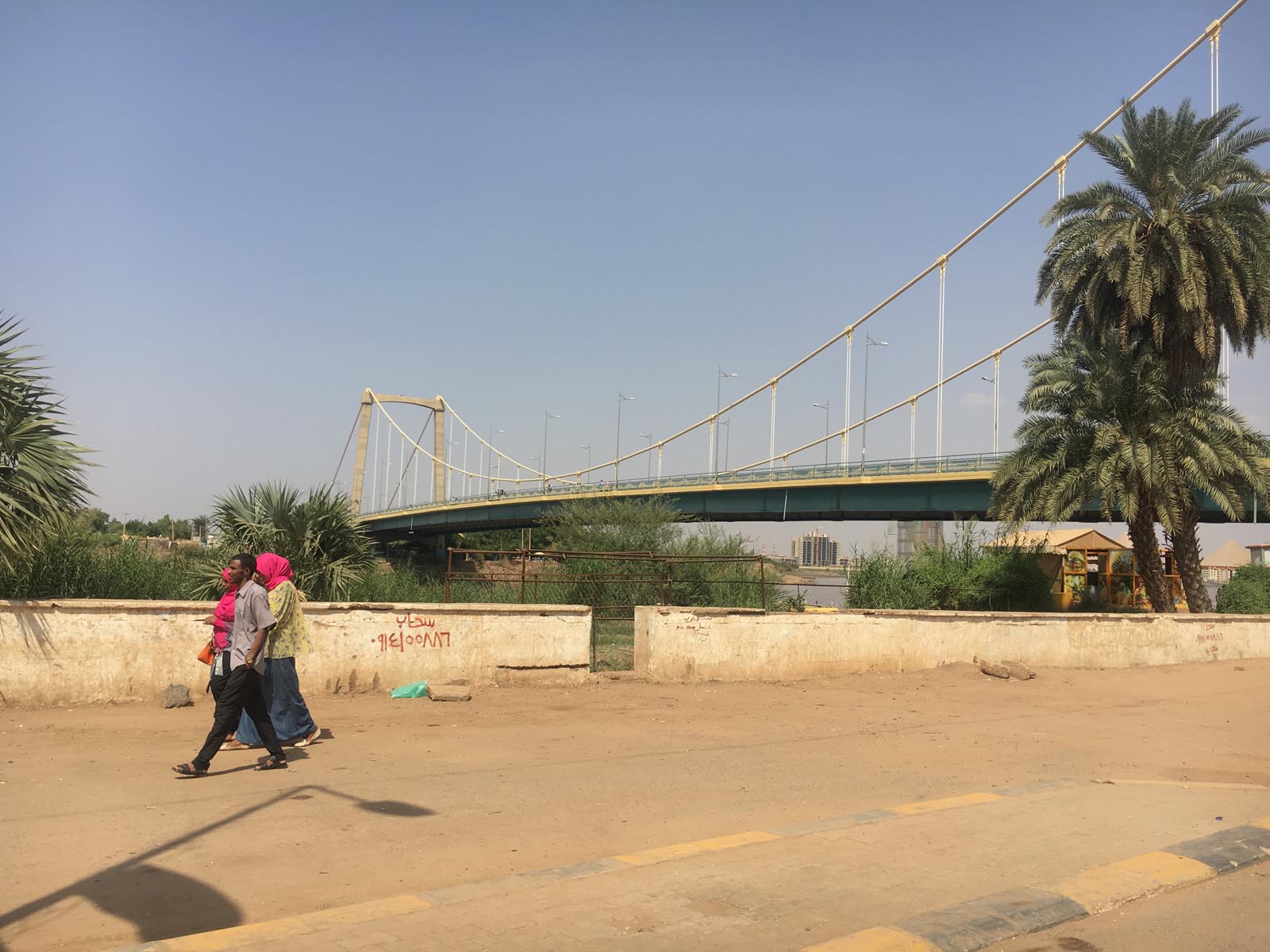




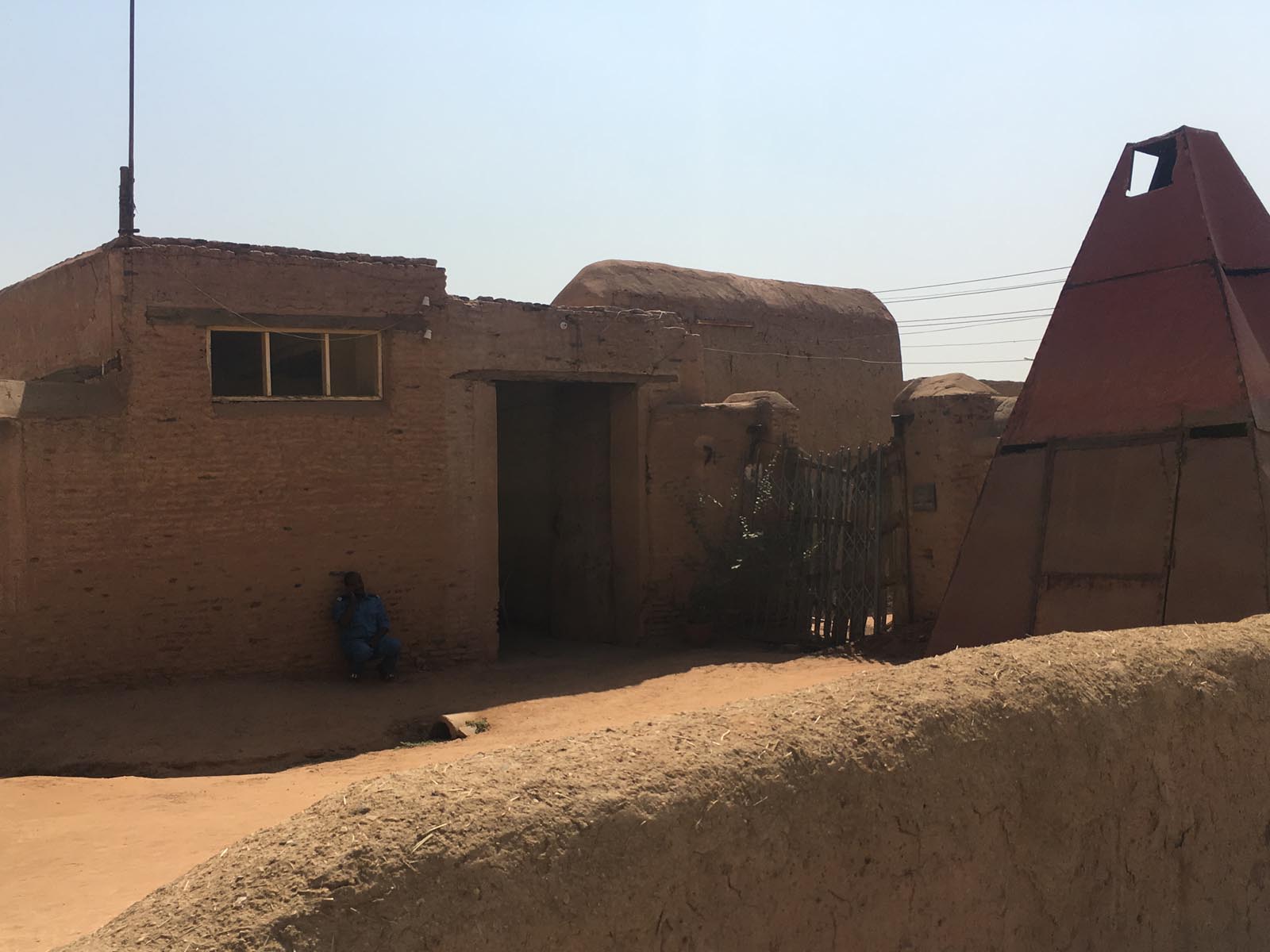
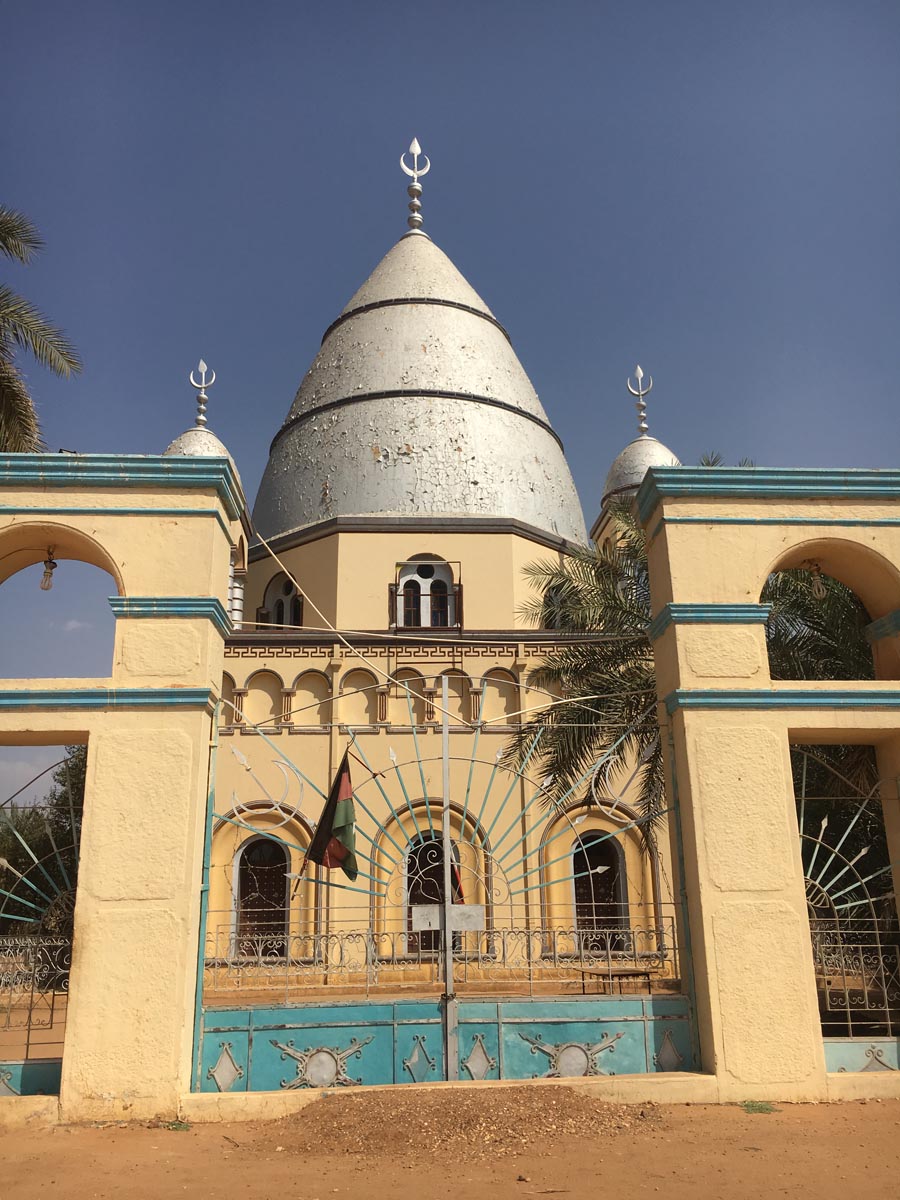



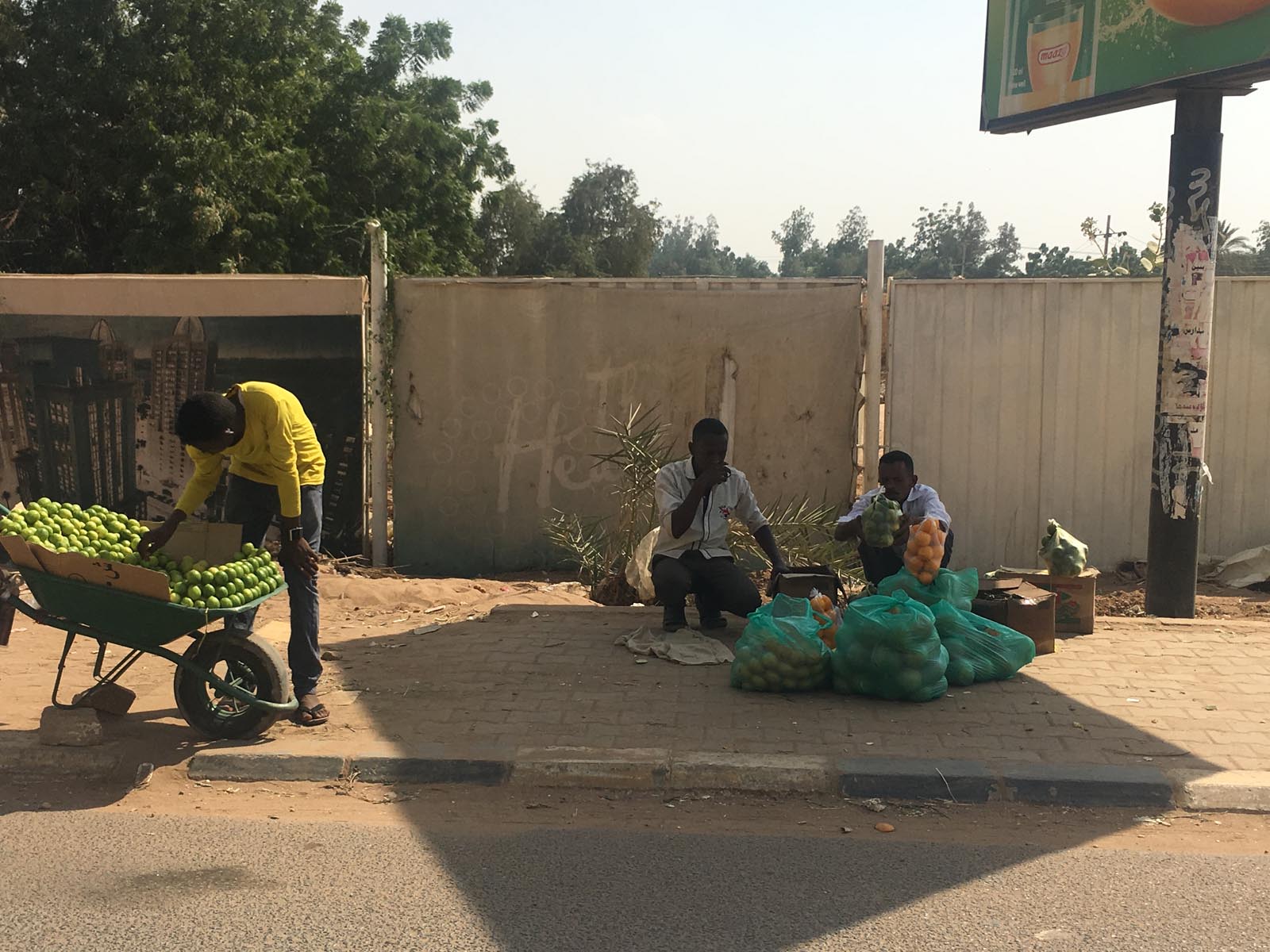

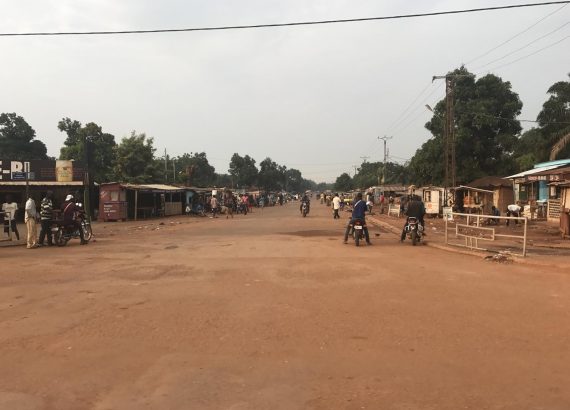
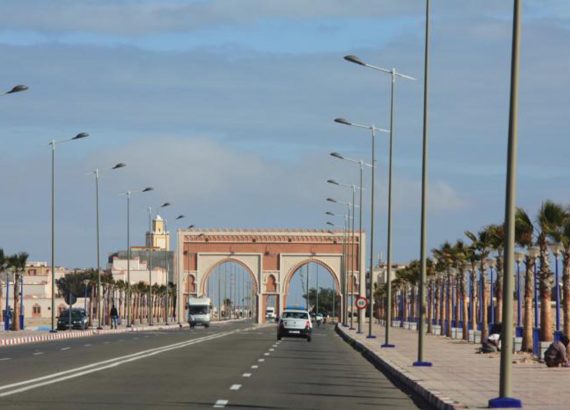
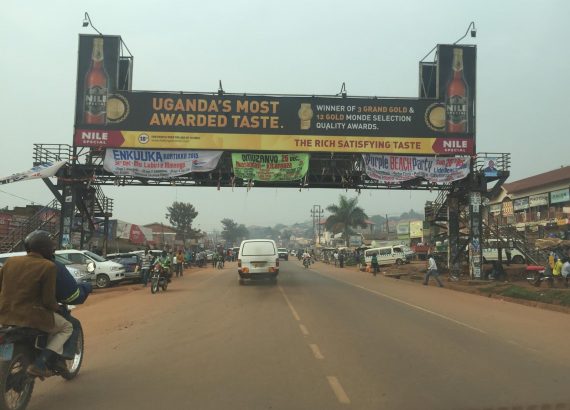
No Comments